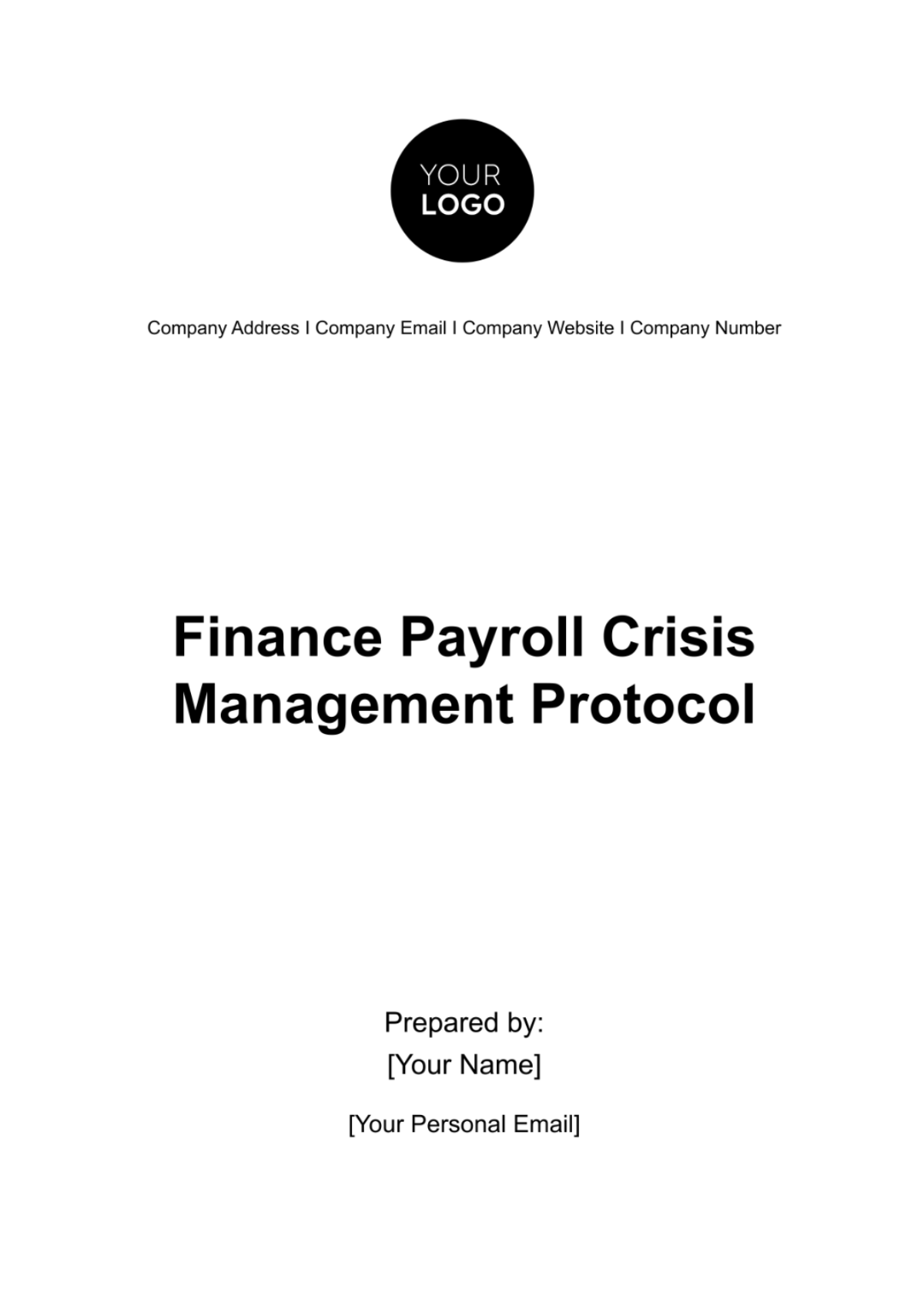Free Finance Payroll Crisis Management Protocol
The Finance Payroll Crisis Management Protocol Template from Template.net is a crucial asset for handling payroll-related emergencies. Editable and customizable in our AI Editor tool, this template outlines strategies and steps for managing payroll crises effectively. Designed to ensure preparedness and quick response, it's a vital tool for maintaining payroll integrity and continuity during unforeseen financial challenges in any organization.
